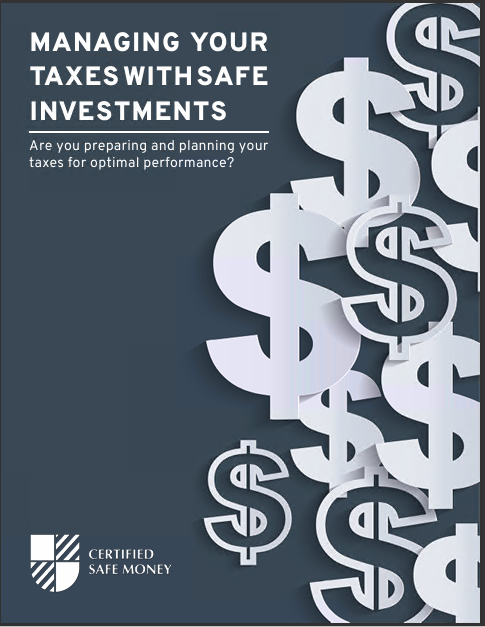Bond funds like ETFs and mutual funds are popular due to their appealing attributes. They do, however, have some substantial drawbacks.
Bond funds are less volatile and liquid compared to equity funds. They also usually pay a monthly dividend. However, there is one significant disadvantage. Bond funds share fall values when interest rates rise because lower-paying bonds are worthless. Morningstar’s core bond index decreased 1.61 percent in 2021, while the US government bond index dropped 2.28 percent.
While bond funds are less volatile than stock funds, even small dips can be unsettling to investors who rely on them for security. Interest rates are expected to climb further in 2022.
What options do investors and savers have if they wish to protect their money from danger, earn a higher interest rate, and have their principal guaranteed?
Consider risk-free alternatives like fixed annuities and bank CDs
A certificate of deposit is one alternative to bond funds. Credit unions and banks offer CDs that provide rock-solid security because they are federally insured for up to $250,000 for each bank, per individual. You can gain complete safety by splitting your CD money between several banks if you have additional funds to invest. CDs with terms ranging from a couple of months to ten years are available.
However, safety comes at a high cost: present rates are extremely low. As of March 1, 2022, the rate on a three-year certificate of deposit was only 1.30 percent, according to Nerdwallet.
Another option is to invest in deferred fixed annuities. They’re called “fixed” because your principal is guaranteed.
Since fixed annuities offer tax deferral and can pay greater interest than bank CDs and some bond funds, they allow you to build your retirement savings faster and provide a steady income once you’ve retired.
Types of fixed annuities
Fixed-Indexed and Fixed-Rate Annuities are two types of fixed-indexed and fixed-rate annuities.
Fixed-rate annuities with a multi-year rate guarantee work similarly to CDs in that they pay a fixed, guaranteed interest rate for a set period. The insurance company takes over the risk of increasing interest when you buy a fixed rate annuity.
Interest rates have risen slightly so far in 2022. A three-year fixed interest annuity can pay up to 2.80 percent, and a five-year term can pay up to 3.27 percent.
Fixed-indexed annuities are another option for those who don’t mind a variable interest rate year after year. You’ll get to share the gain if the stock market rises for the year. Due to various restrictions and terms, you may only get a portion of the market’s annual gain, measured by indexes like the S&P 500, Dow Jones Industrial Average, and others.
You won’t get any interest, but you also won’t lose anything if the index market is negative for that year. Because of this volatility, these products aren’t usually suitable for consumers who rely on their present income to meet their needs.
Instead, they’re best used as long-term investments that allow you to accumulate wealth for retirement while avoiding losing sleep and money over stock market crashes.












